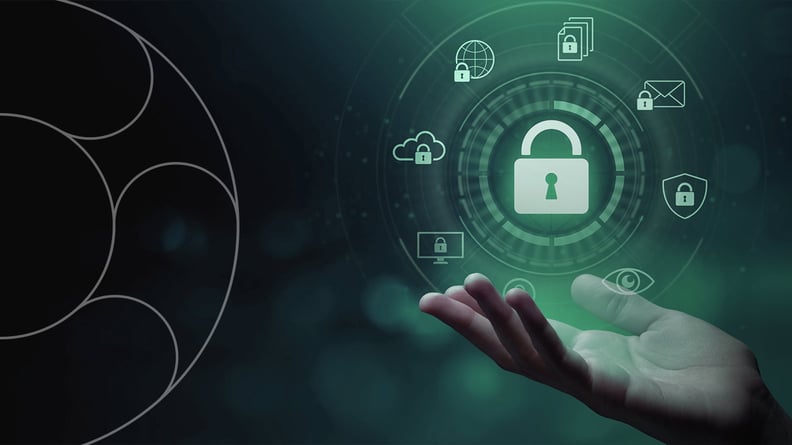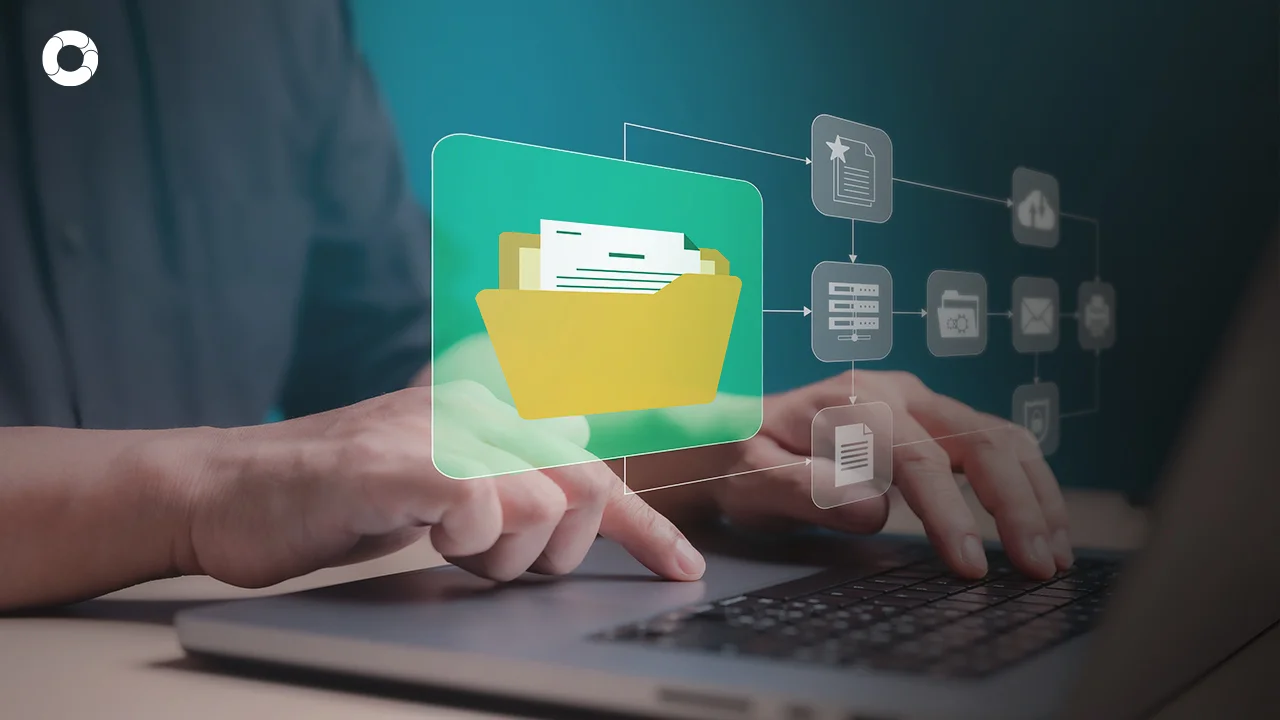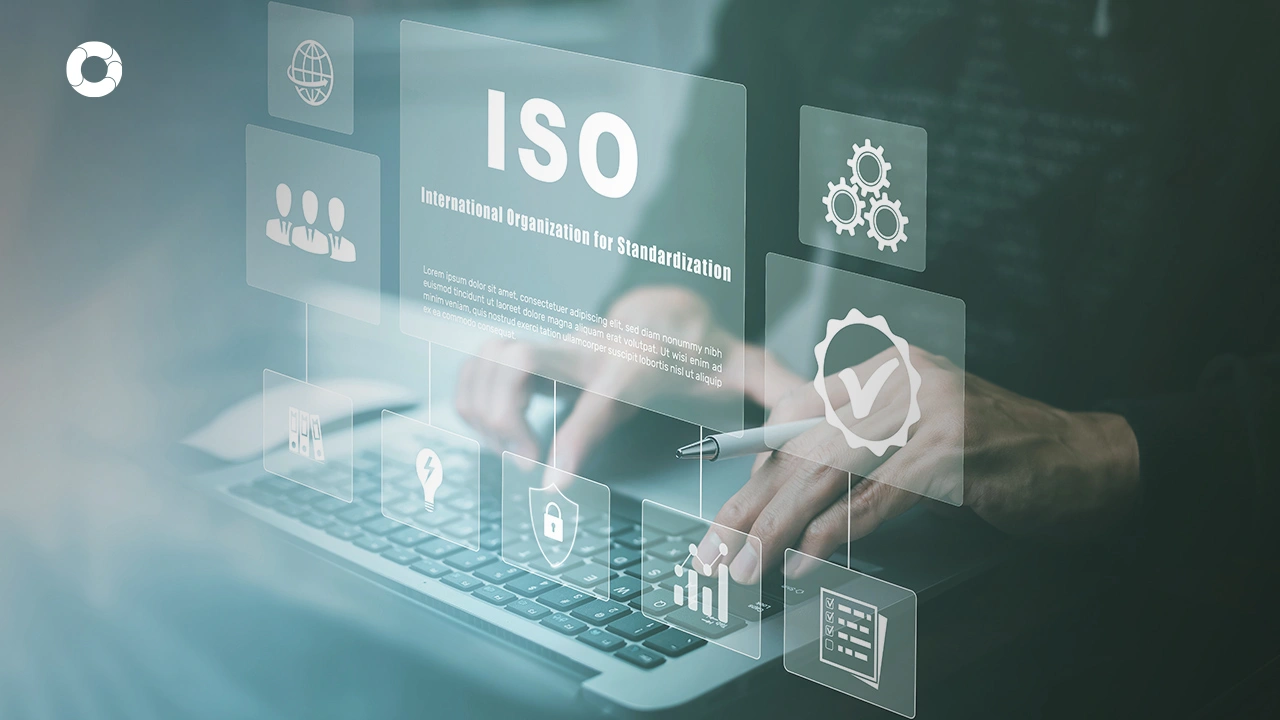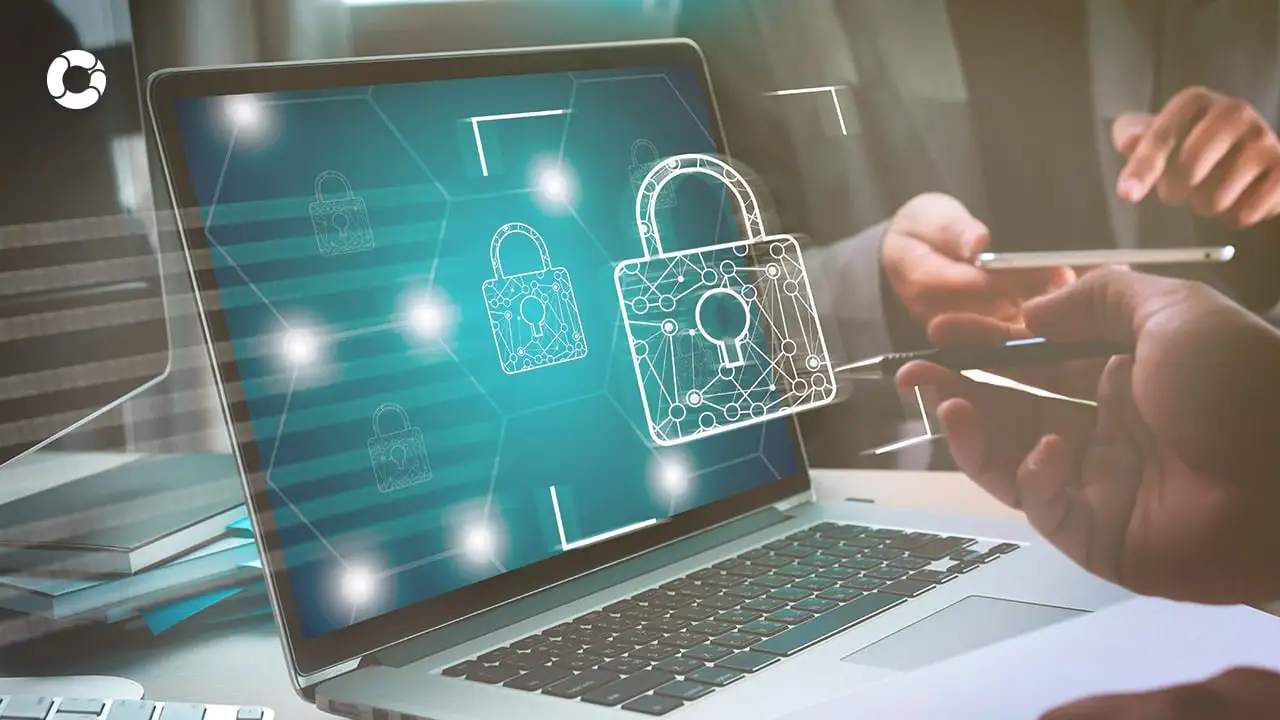Unraveling Information Security Management Complexities

In today’s digital age, the ever-increasing importance of information security cannot be overstated. How we create, store, and exchange data has evolved dramatically, bringing with it a host of new opportunities and challenges.
As our reliance on technology and data-driven decision-making grows, so does the urgency of safeguarding sensitive information from an array of ever-evolving threats. The consequences of weak information security are profound.
From customer data breaches and intellectual property theft to unauthorized access and malware attacks, the potential risks are not just financial but also extend to the organization’s reputation, legal compliance, and the trust of its stakeholders.
To put this into perspective, keep in mind that in 2020, data breaches exposed over 37 billion records. Each record represented a potential entry point for cybercriminals, highlighting the scope of organizations' challenges in safeguarding their information assets.
In this article, we’ll review the important components of an information security management system, delving into risk assessment and cybersecurity so you know how to navigate the complex landscape of potential and emerging threats while complying with ISO 27001.
What is Information Security Management (ISM)?
Information Security Management (ISM) is a comprehensive framework and set of practices designed to protect an organization’s information assets from unauthorized access, data breaches, cyberattacks, and other security threats.
The scope of ISM extends far beyond the confines of IT departments and encompasses the entirety of an organization.
It can include sensitive information such as personal data, intellectual property, financial records, and other critical assets. Its scope encompasses:
- Risk Assessment: Identifying and evaluating vulnerabilities and potential threats to information assets.
- Security Controls: Implementing measures such as access control, authentication, firewalls, and encryption for mitigating risks.
- Information Security Policies: Developing and enforcing policies that guide the responsible use and protection of sensitive data.
- Compliance: Ensuring alignment with legal and regulatory requirements such as the General Data Protection Regulation (GDPR), Health Insurance Portability and Accountability Act (HIPAA for healthcare), ISO/IEC 27001, or the Payment Card Industry Data Security Standard (PCI DSS).
- Audits and Monitoring: Regular assessments, audits, and monitoring to verify the effectiveness of security measures.
- Cybersecurity Initiatives: Proactive efforts to safeguard against cyber threats and respond to security incidents.
Thus, ISM is not an exclusive concern for IT departments but a critical matter for businesses as a whole. By prioritizing ISM and integrating it into the fabric of their IT operations, organizations can ensure that sensitive information remains secure and that they meet compliance requirements.
The Pillars of Information Security: Confidentiality, Integrity, and Availability (CIA)
Source: Imperva
The success of an information security program rests on three fundamental principles known as the CIA triad, which forms the bedrock of a robust information management strategy:
- Confidentiality - Confidentiality is the principle that ensures private and sensitive information remains private. It involves restricting access to data only to authorized individuals, thereby safeguarding it from unauthorized disclosures. This could be done in the form of robust access controls, encryption, data classification, and more.
- Integrity - Integrity guarantees data remains accurate and unchanged unless authorized. Integrity includes safeguarding data against unauthorized modifications and ensuring that the information retains its reliability. Digital signatures, checksums, and version control are examples of the tools used in this pillar.
- Availability - The availability principle focuses on making sure systems and data are accessible when needed. It ensures that information is readily available to authorized users and that systems are operational, minimizing downtime. Redundancy, disaster recovery plans, and failover mechanisms are used to preserve this principle.
The Lifecycle of Information Security Management
Information Security Management is not a one-time task but a continuous lifecycle that ensures the ongoing protection of an organization's information assets. This lifecycle comprises several key stages:
- Assessment
In the initial stage, organizations identify their information assets and vulnerabilities. This is often done by cataloging the data that needs protection and recognizing potential weaknesses within their systems and processes.
- Design and Implementation
In the design and implementation phase, security policies, procedures, and controls are crafted and put into action. This is where organizations build the infrastructure necessary to protect their information assets.
- Monitoring and Review
Continuous surveillance of the system for potential breaches is an integral part of ISM. Regular assessments and monitoring are conducted to identify potential breaches and assess the effectiveness of security measures.
- Response and Recovery
Inevitably, security incidents may occur. When they do, organizations need a well-defined response and recovery plan. This involves addressing security incidents and restoring normalcy in the day-to-day operations.
Key Elements of a Successful ISM Strategy
A successful ISM strategy is underpinned by the following key elements to strengthen the organization’s security framework:
- Policies and Procedures: Documented guidelines and policies for security define the principles and standards to be followed. They set the expectations for security practices, data handling, and incident response, ensuring that everyone in the organization is aware of their role.
- Technological Measures: Firewalls, encryption tools, antivirus software, intrusion detection systems, and data loss prevention are examples of measures you can take to protect your data and systems. They act as a digital shield, detecting and thwarting security threats in real time.
- Physical Security: Safeguarding hardware and physical access points to prevent unauthorized access is an absolute must. This often involves measures like access controls, surveillance systems, and restricted entry areas to help secure an organization's physical assets.
- Employee Training and Awareness: The human element is critical to information security. Ensuring every team member is a security advocate through employee training is a great strategy. Regular training programs help employees recognize security threats and adhere to the best practices in data protection.
Pirani’s Risk Software is Adept at Helping Organizations Manage Information Security Risks
In an era where information is both a critical asset and a prime target for threats, a proactive approach to information security management (ISM) is integral. Organizations must continually adapt and refine their ISM strategies to stay ahead of ever-evolving threats and ensure the safety of their valuable data.
Pirani Risk inherently understands the significance of proactive ISM and offers a state-of-the-art software solution designed to assist you in excelling in your ISM.
Following a proactive approach to information security is not just a good practice; it's a strategic necessity. The evolving threat landscape demands constant vigilance and preparedness.
Organizations that proactively identify, assess, and mitigate IT security risks are the ones that will survive and maintain stakeholder trust in the long run.
Here’s how we can help:
- Compliance Modules: The software features compliance modules that assist organizations in aligning with many regulatory requirements, ensuring they meet their legal obligations.
- Customizable Security Controls: We allow organizations to tailor their ISM strategy to their unique needs and priorities.
Sound interesting?
Discover how it can empower your organization’s risk management through our hands-on demo. You can also explore the software further by clicking here.
Take your first step toward securing your information assets with Pirani Risk today!
You May Also Like
These Related Stories

5 Tips for Effective Information Security Management

Classification and management of information assets

SOX Compliance Requirements: Your Essential Guide

Vulnerabilities affecting information security

Meeting Requirements: New ISO 27001 Standards

Comments (1)